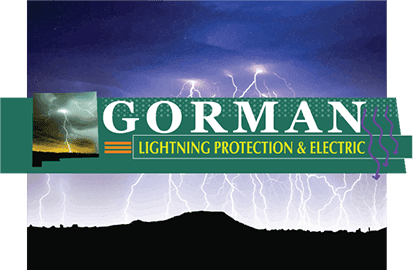Not all electrical systems are created equally. Industrial facilities have very different requirements than homes. This is the reason being an electrician is rarely a “one-size-fits-all” job.
Depending on the type of job at hand, suitable electricians are chosen and sent based on their expertise, experience, and skill set. These electricians are mostly divided into three types i.e. commercial, residential, and industrial electricians. Each type of electrician uses a different technique to mix electric problems and wiring issues at different residential and commercial locations depending on the energy needs, equipment, and load demands.
All commercial, residential, and industrial electricians abide by different rules and procedures and use certain types of materials. This is why it is important to hire the right type of electrician for whatever electrical repairs you need. Let’s look at the difference between industrial, commercial, and residential electricians:
Residential Electricians
As the name suggests, residential electricians work in homes. Their job is different from those of commercial and industrial electricians because of the usage of single-phase power supplies (120-240 volts). They use Romex cables and put an extra effort to keep the wiring hidden by draping it in covered insulation. This is used to minimize the wire exposure, the damages caused to the wires, electric shocks, etc.
From a technical point of view, residential wiring is usually single-phase and 120 volts as mentioned above. However, for some high-power appliances including air conditioning units, refrigerators, washers, and dryers, the electricians use a two-phase circuit of 240 Volts.
Commercial Electricians
Commercial electricians commonly handle lighting issues and install power outlets. These electricians use a three-phase wiring approach. Their wiring includes 2 smaller ‘legs’ that run one voltage (120 volts) and a larger ‘leg’ that run a higher voltage (208 volts). Consequently, the three-wire electrical systems allow an overall lighter workload. Commercial wiring mostly remains exposed but generally runs along the sides of ceilings and walls.
This is done to get greater efficiency and make the equipment last longer. The power demands in offices are high and so the requirement of voltage also increases.
Moreover, a higher level of insulation known as TTHT (Thermoplastic, high-heat resistant, nylon coated) is often preferred for commercial wiring. This helps protect the wiring from harsh gases and other substances. Sometimes, you may even see the electricians installing special power outlets for particularly sensitive equipment or that which is power-hungry.
Industrial Electricians
Principally, industrial electricians are just the same as commercial electricians but they work specifically in factories, mines, and other industrial scenarios. A three-phase power setup is also used by industrial electricians to form an electrical system. The major difference here is these electricians use an RMC conduit that powers the control circuitry contrasted with running MTC or MC cables.
Gorman Lighting is home to highly trained and professional commercial and residential electricians to help you with whatever electrical problem you may face. Whether it is a store, home, office, or site work, these specialized electricians are at your service.


